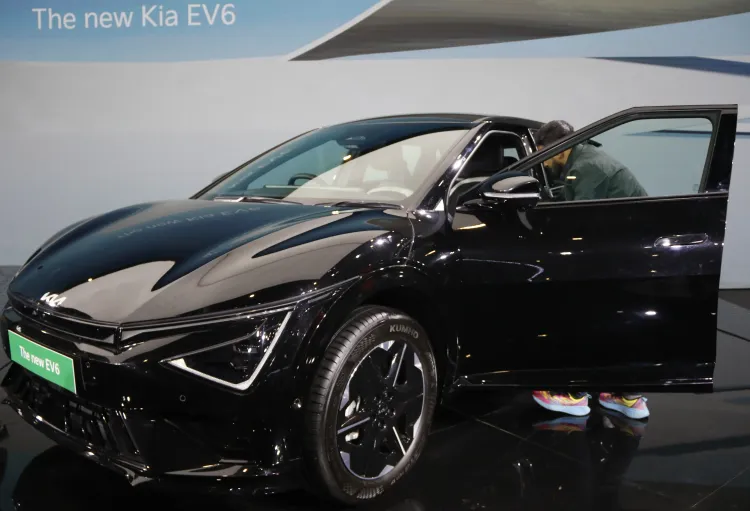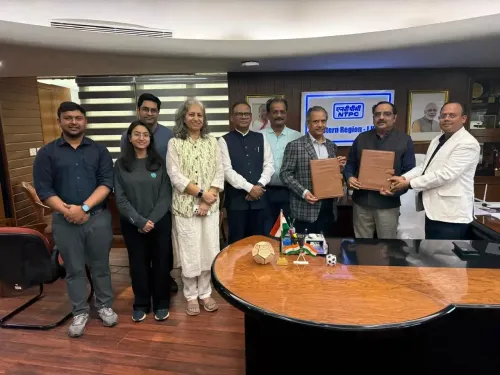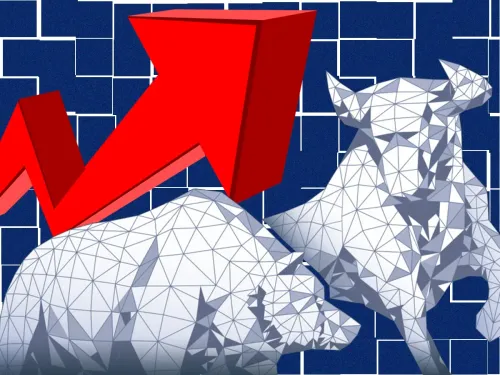Are New EV Models and Government Incentives Fueling Hybrid Growth in India?

Synopsis
Key Takeaways
- EV penetration in India is on the rise due to new model launches.
- Government incentives are crucial for hybrid vehicle growth.
- Hybrids and EVs complement each other rather than compete.
- Incentives for SHEVs encourage overall market growth.
- The future of India’s automotive landscape is multi-powertrain.
New Delhi, May 21 (NationPress) The penetration of electric vehicles (EVs) in India has seen a significant rise following the introduction of new models in the past six months. A recent report by HSBC indicates that both the launch of new models and government incentives will catalyze the growth of hybrid vehicle adoption in the short term.
Interestingly, hybrids are not seen as competitors to EVs; instead, they complement one another. Research from HSBC highlights that in states offering hybrid incentives, the growth of EVs has continued to rise, even after the announcement of these incentives.
HSBC expressed, “We believe India will sustain a multi-powertrain landscape in the medium to long term.”
Hybrids, CNGs, and biofuels serve as viable solutions while the nation progresses towards full electrification.
“We observe that strong hybrid electric vehicles (SHEVs) and battery electric vehicles (BEVs) are not undermining each other; rather, they attract distinct customer bases. In regions with SHEV incentives, BEV sales have also experienced robust growth,” the report stated.
In FY25, the increase in EV sales mirrored the rise in SHEV sales, despite Uttar Pradesh—the leading PV selling state in India—offering incentives for SHEVs.
This observation suggests that the uptake of SHEVs positively influences BEV sales, according to the report.
The report notes that 4-wheeler EV penetration advanced from 1.9% in H1 FY25 to 2.5% in Q4 FY25 and further to 3.2% in Q1 FY26, propelled by the launches of MG Windsor and M&M BEVs.
The SHEV share within total PV has grown to 2.4% in FY25, up from 2.1% in FY24.
HSBC emphasizes that the notion that promoting SHEVs will impede EV adoption is unfounded. Rather, this situation represents an incremental opportunity where incentivizing SHEVs aids in the overall growth of the clean mobility ecosystem, ultimately benefiting BEVs and fostering market expansion.










